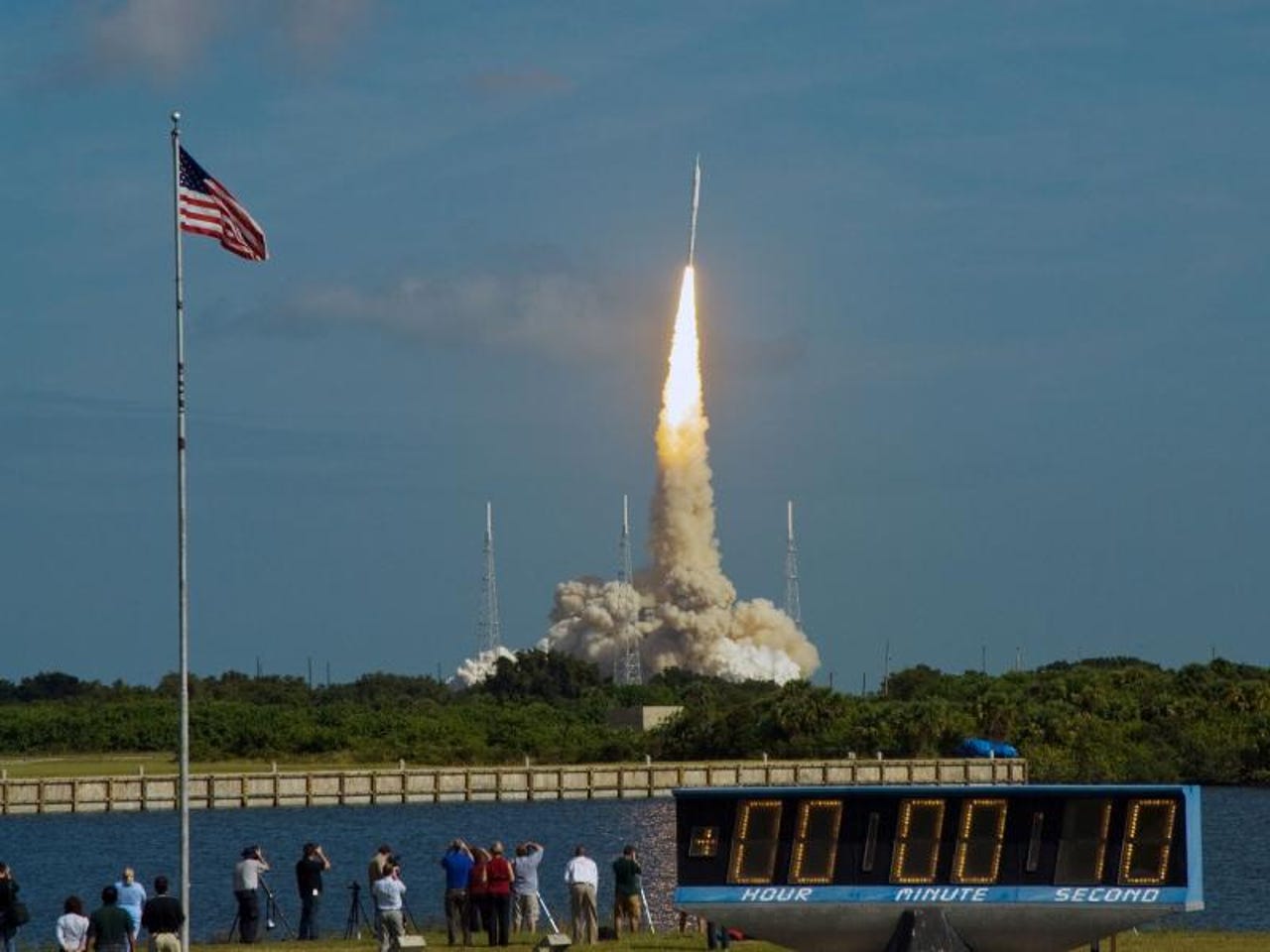Gallery: NASA launches next-gen rocket test


NASA said "the 327-foot tall Ares I-X test vehicle produced 2.6 million pounds of thrust to accelerate the rocket to nearly 3 g's and Mach 4.76, just shy of hypersonic speed."
The launch was designed to test the hardware and flight characteristics of NASA's next-generation rocket fleet that is expected to power humans back to the moon and eventually to Mars. It contained a phony payload which will not be recovered.
Image credit: NASACredit: NASA
The Aris I is slated to replace the space shuttle which is being retired in 2010. A larger rocket, the Aris V is slated to be the main force behind sending humans back to the moon and beyond.
NASA's current rocket program is under attack. A commission appointed by President Obama says the big moon rocket won't be ready until the late 2020's and suggested that future efforts should be led by private contractors with government support.
Image credit: NASA
Image credit: NASA/Kim Shiflett
Image credit: NASA/Glenn Benson
Image credit: NASA/Jack Pfaller
Image credit: NASA/Jack Pfaller
Image credit: NASA/Jack Pfaller
Image credit: NASA/Jim Grossmann